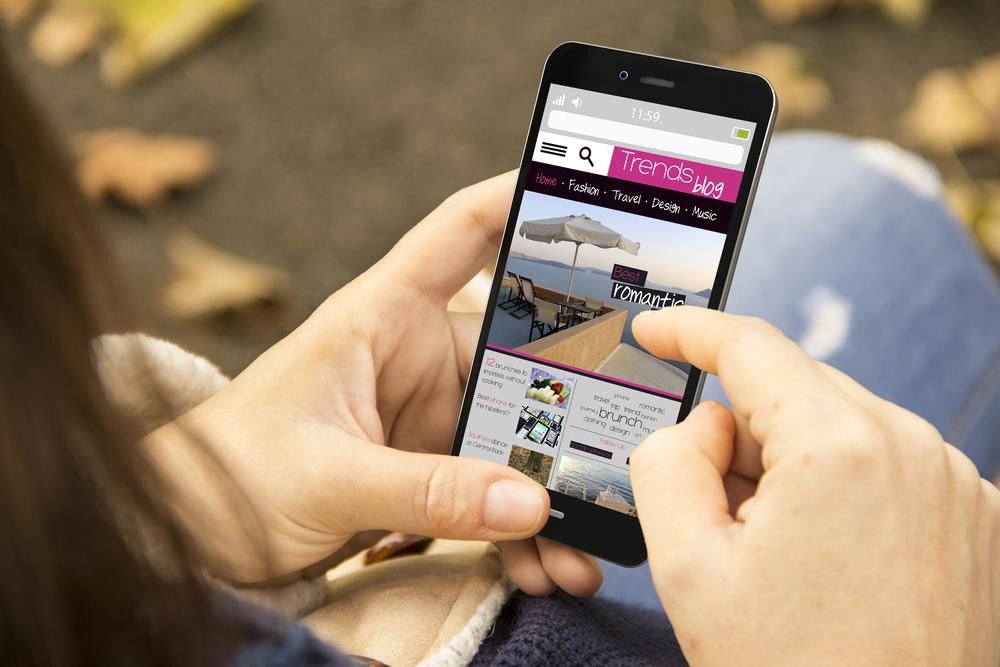Comprehensive Guide to Building Your First Mobile Application from Scratch
Learn how to develop a mobile application from scratch with this in-depth guide. Covering everything from defining your app's purpose, designing a user-friendly interface, building backend functionalities, to launching and marketing your app, this article provides aspiring developers with a comprehensive roadmap. Gain insights into competitive analysis, app store registration, and post-launch strategies for sustained success. Whether you're a beginner or an experienced coder, this guide will help you create an engaging app that stands out in the crowded digital marketplace and meets user needs effectively.

Comprehensive Guide to Building Your First Mobile Application from Scratch
In today's rapidly evolving digital landscape, the importance of mobile applications has grown exponentially. Businesses and individuals alike recognize the value of having a dedicated mobile app, which offers a seamless user experience, increased engagement, and the ability to reach customers directly on their smartphones. Transitioning from traditional websites to mobile apps has become a strategic move for many, as apps generally provide faster access, better functionality, and interactive features that are hard to match with web platforms. With the rising demand for mobile apps, aspiring developers are eager to learn how to create their own applications that stand out in a crowded marketplace. If you are one of them, this detailed guide will walk you through the entire process of developing your very first mobile app, covering all essential phases from conception to launch and beyond.
Step 1: Clearly Define Your App’s Purpose and Goals
Before diving into development, it’s crucial to understand what problem your app aims to solve or what value it will provide. Ask yourself questions like: What is the primary function of my app? Who is my target audience? Is it aimed at entertainment, productivity, health, social networking, or another niche? By clearly defining your app’s purpose, you set a clear direction that guides every subsequent step. Set specific, measurable goals for your app to ensure you can track its success. For example, if you’re creating a fitness tracker, considered objectives might include user engagement metrics or health data accuracy. Knowing your core purpose helps in designing features that align with user needs and expectations.
Designing a user-friendly interface begins with understanding your target audience’s preferences. Start by sketching wireframes—a visual blueprint of how each screen will look and operate. Keep the layout simple, intuitive, and appealing, ensuring users can easily navigate your app without confusion. Focus on creating a smooth flow from one feature to another. Use clear icons, readable fonts, and attractive color schemes to enhance the overall user experience. Remember, a well-designed interface not only helps retain users but also encourages positive reviews and referrals. Iteratively refine your designs, seek feedback from potential users, and incorporate their suggestions to perfect your interface before moving to full-scale development.
Once your ideas and designs are in place, thorough research becomes essential. Conduct competitive analysis to understand the strengths and weaknesses of existing apps within your niche. Identify what features users appreciate and where current apps fall short. Look for gaps or unmet needs your app can address. Gather insights through user surveys, reviews, and forums to pinpoint pain points and preferences. This market analysis will help you create a unique value proposition, giving your app a strategic edge that attracts users and encourages downloads over similar offerings.
With a solid plan and design in hand, begin building your app's backend infrastructure. This involves developing the core functionalities that make your app work—such as user authentication, data handling, notifications, and integrations. Modern development platforms like React Native, Flutter, or native SDKs for iOS and Android offer various tools and libraries to simplify this process. Focus on creating a robust, scalable foundation that can handle growth and increased user activity. Make sure to set up secure databases and servers, and implement APIs (Application Programming Interfaces) for seamless data exchange between your app and external services. During this phase, regularly test each component to ensure stability and performance. This backend development forms the backbone of your app, enabling smooth operation and future upgrades.
As development progresses, consistency is key. Continuously code, troubleshoot, and refine your app. Register as a developer on major app stores such as Apple App Store, Google Play Store, or Microsoft Store. Keep in mind that these platforms often require a registration fee—generally around $25 for Google Play and $99 per year for Apple. Setting up your developer account is essential for publishing your app and managing updates. Pay close attention to app store submission guidelines to avoid rejection. Prepare engaging app descriptions, eye-catching icons, and promotional screenshots to attract potential users. Incorporate best practices for orientation, performance, and compatibility across various devices and operating system versions. The goal is to create a polished, professional product ready for users worldwide.
User experience remains a top priority. Focus on crafting an interface that is not only attractive but also highly intuitive. Use familiar navigation patterns and incorporate features that enhance ease of use. Keep the design minimalistic yet appealing, avoiding clutter and complex menus. Utilize visual cues, such as animations and feedback effects, to make interactions feel natural and satisfying. Ensure your app loads quickly and operates smoothly on different devices and network conditions. An engaging, user-friendly interface is vital for encouraging repeated usage, positive reviews, and organic growth through word-of-mouth.
Before launching, conduct comprehensive testing across multiple devices, OS versions, and scenarios. Gather feedback from real users through beta testing to identify bugs, usability issues, and performance bottlenecks. Use testing tools and emulators to simulate various environments, but prioritize testing on actual devices for the most accurate results. Address all identified issues—fix bugs, improve responsiveness, and optimize loading times. A thoroughly tested app minimizes negative reviews and increases user satisfaction. Once satisfied, submit your app for approval on app stores. Keep in mind that app approval processes may take several days or weeks, during which you should monitor and respond promptly to any feedback or required modifications.
Launching your mobile app is just the beginning. Post-launch, focus on marketing and continuously updating your app to meet user expectations. Gather user feedback regularly, analyze usage data, and implement improvements. Promote your app through social media, digital marketing, and partnerships to increase visibility. Regular updates with new features, security patches, and design enhancements keep your app relevant and competitive in a dynamic marketplace. Developing a successful mobile application involves dedication, skill, and a user-centered approach. By following this comprehensive guide, you can turn your idea into a thriving app that engages users and delivers real value. Happy coding!





